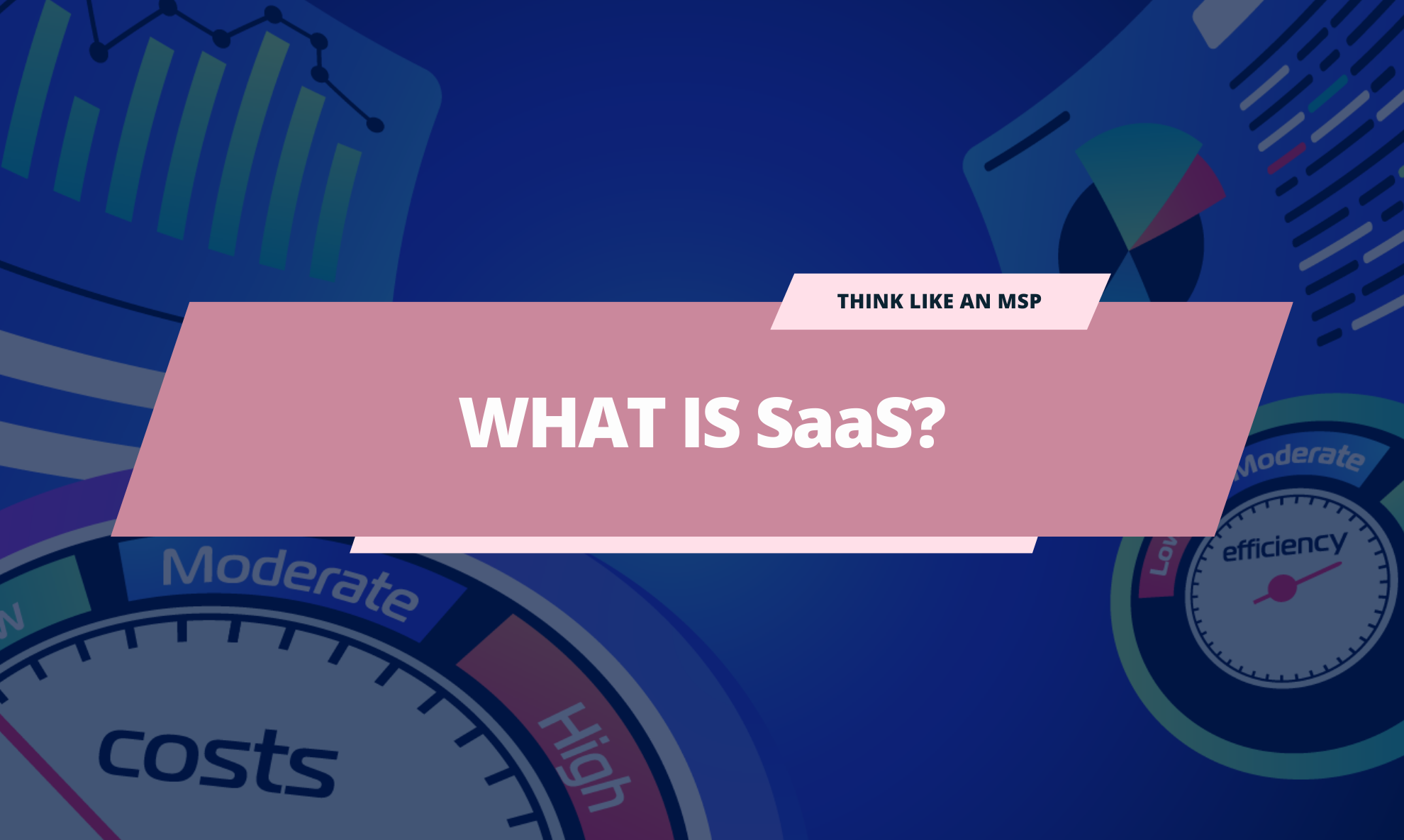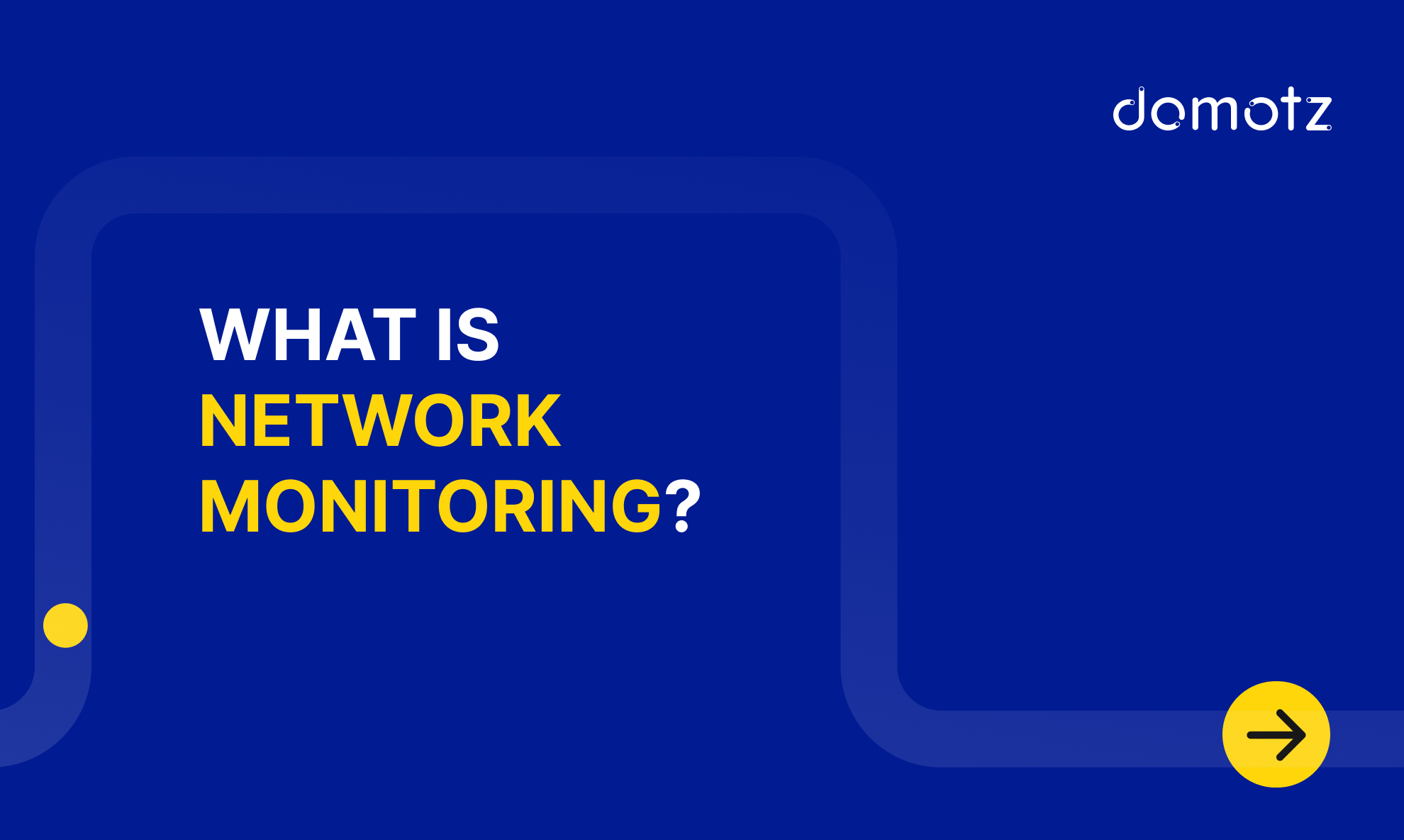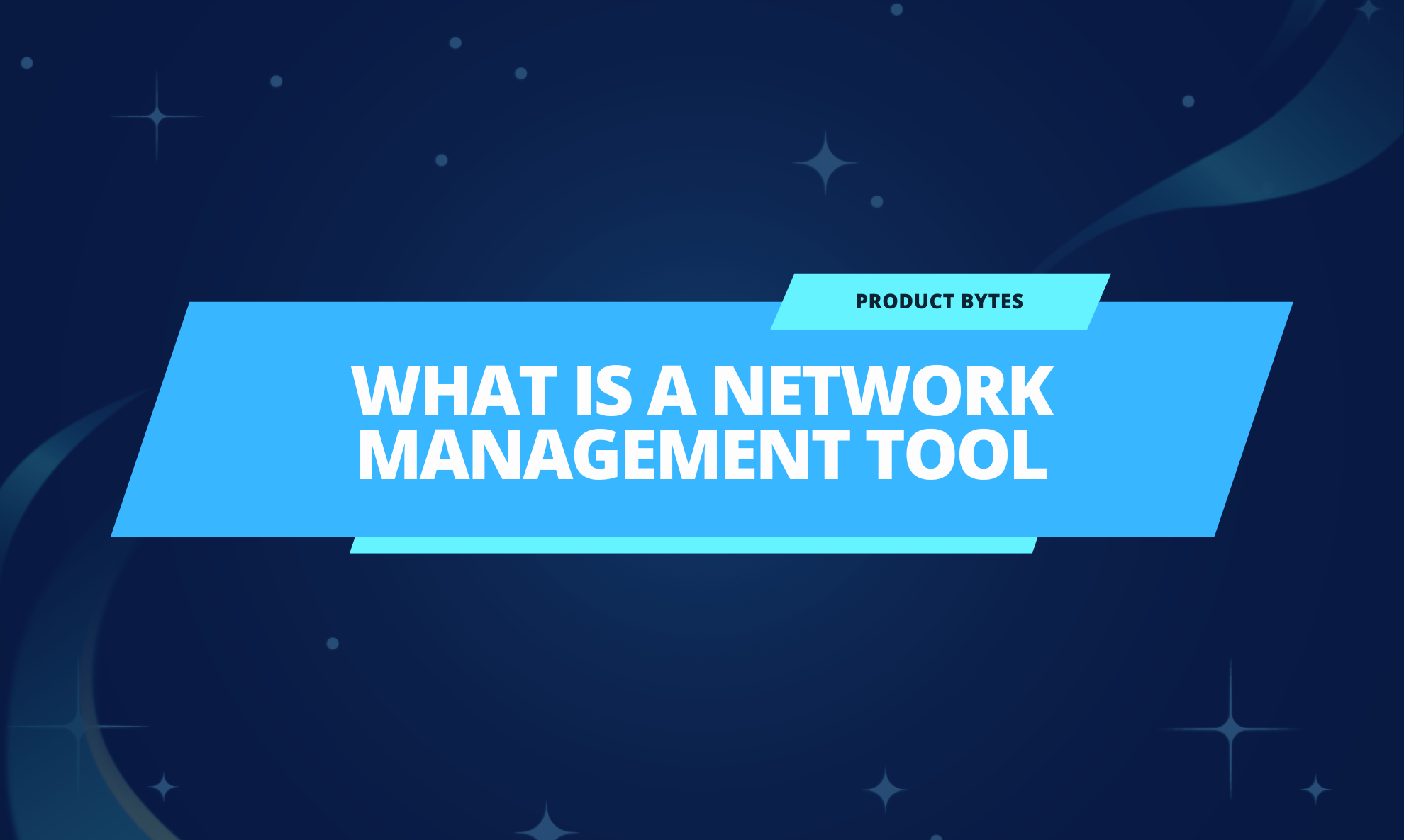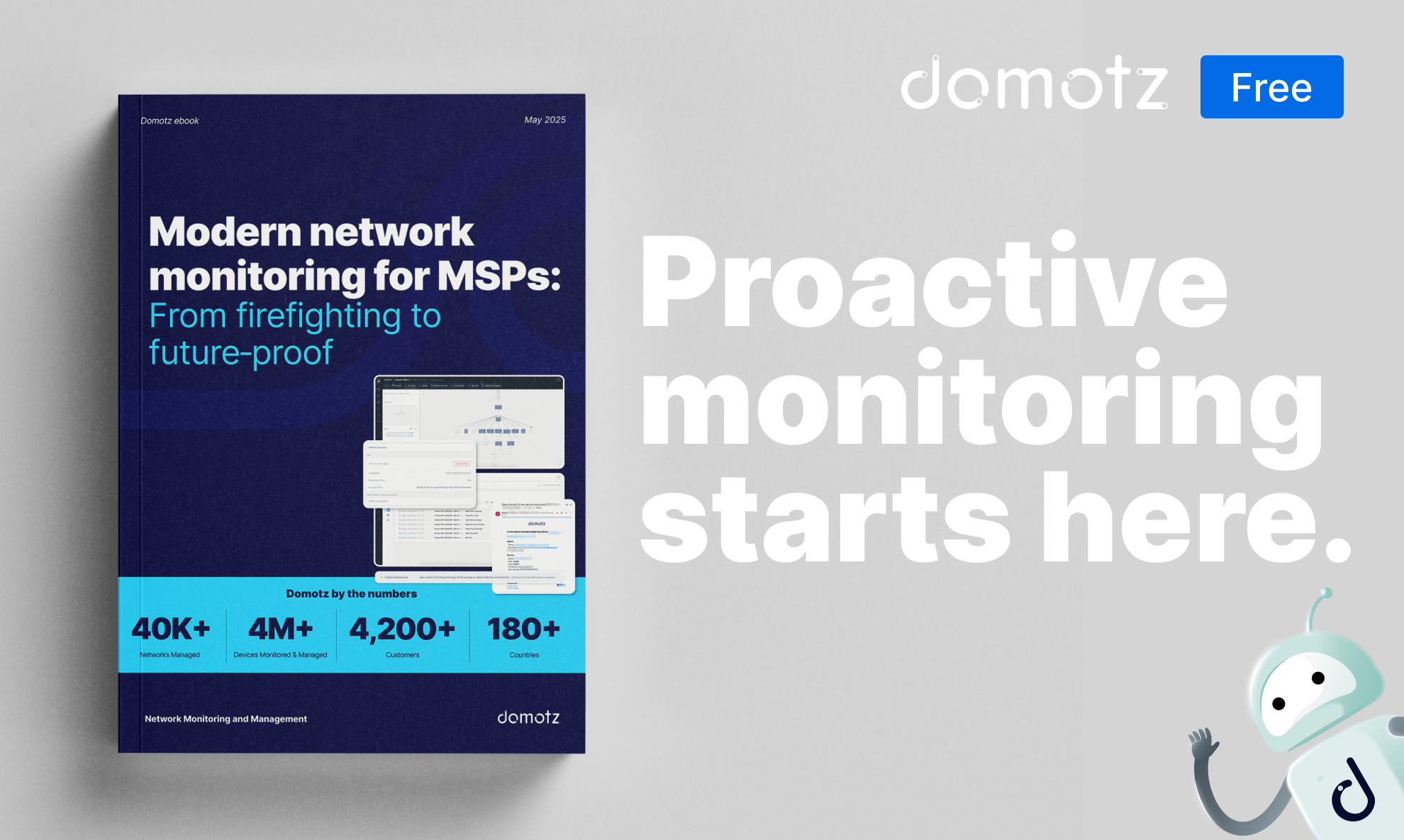What is Software as a Service? The software and services industry has evolved so fast in the past century. What started as a simple model of providing in-person services to customers has now become a complex system of various models, including online services.
One of the most significant advancements has been the rise of the Flexible Consumption Model, in which customers can pay for access to a service on a subscription basis rather than having to make a significant upfront investment. Netflix, Adobe Creative Cloud, and Domotz are all examples of this model.
The Flexible Consumption Model was followed by Everything-as-a-Service (XaaS), in which companies offer their products and services through the cloud on a pay-as-you-go basis. This model has proved to be extremely popular, as it allows businesses to scale their operations quickly and efficiently.
One of the most significant XaaS offerings is Software-as-a-Service (SaaS). In this blog post, we will take a look at what SaaS is, how it works, and some of the benefits it can offer businesses.
What is Software as a Service or Saas?
SaaS is a software distribution model in which software is made available to customers over the internet. Customers can access the software through a web browser or an application. SaaS is a broad category, and several different types of software can be classified as SaaS. Some of the most common examples of SaaS software include:
- CRM software
- Accounting software
- Collaboration tools
- Ecommerce/Social platforms
- Marketing automation tools
- AI-powered chatbots
In the service provider space, some examples of SaaS software include:
- Cloud Network Monitoring Software like Domotz
- RMM software
- PSA tools
- Documentation systems
One of the main reasons SaaS has become so popular: it eliminates the need for businesses to manage and maintain their own software infrastructure.
SaaS offers a number of advantages over traditional software models, which we will explore in more detail below. It’s also worth mentioning that SaaS is often thought of as a subset of the broader category of cloud computing.
Other software business models
Note that SaaS is just one of many possible business models for software companies. Many other popular models exist, such as Platform as a Service (PaaS) and Infrastructure as a Service (IaaS).
PaaS is a cloud-based platform that allows businesses to develop, test, and deploy applications. IaaS is a cloud-based infrastructure that businesses can use to host their applications.
Network as a Service (NaaS) is another popular model which allows businesses to outsource their networking needs. For example, a company might use NaaS to connect its offices in different geographical locations. Or they might need to monitor various networks for security purposes.
One final model worth mentioning is Containers as a Service (CaaS). CaaS is a cloud-based platform that allows businesses to deploy and manage containers. Containers are a type of virtualization that you can use to package applications so that they can be run on any Linux or Windows server.
How Does Software as a Service Work?
From a technical perspective, SaaS works in a similar way to any other type of software. On premise software is usually run on a local machine. Whereas SaaS software is available on a central server, and customers access it over the internet.
Here are the main components for most SaaS solutions:
● The front-end: The interface that customers use to interact with the software. It is typically built using HTML, CSS, and JavaScript.
● The back-end: The server-side code that powers the front-end. They are usually written in languages such as PHP, Ruby on Rails, or Node.js.
● The database: Where the data that is generated by the software is stored. It can be a relational database, such as MySQL, or a NoSQL database, such as MongoDB.
● The servers: The physical or virtual machines that host the software. They can be owned and operated by the SaaS company, or they can be provided by a third-party provider, such as Amazon Web Services (AWS) or Microsoft Azure.
When a customer wants to use a SaaS application, they typically sign up for an account with the provider. Once their subscription is set up, they can log in and access the software until they cease paying.
Customer service and support are usually provided by the SaaS company. This can include online documentation, FAQs, live chat, and phone support. SaaS businesses should have good standing in your state with a physical address, phone number, and support email.
The Benefits of Cloud Based Software as a Service Applications
There are a number of reasons why SaaS has become so popular in recent years. Here are some of the main benefits:
● Cost-effective: Firstly, most SaaS solutions are offered on a pay-as-you-go basis, meaning you only need to pay for the resources you use. This can be much cheaper than buying and maintaining your on-premises software infrastructure.
● Always up-to-date: SaaS providers host the software on their servers; they can automatically push updates and new features to customers. That means you don’t need to worry about manually installing updates or managing different software versions.
● Accessible from anywhere: as long as you have an internet connection, you can access a SaaS solution from anywhere in the world. Furthermore, it makes it an excellent option for businesses with employees who work remotely.
● Flexible: SaaS solutions are typically very flexible and you can customize them to meet the needs of your business.
About Domotz
Domotz is a SaaS company that offers cloud-based network monitoring software that allows businesses to monitor any network or IT infrastructure. The user-friendly software offers all the features you need to manage your networks proactively.
If you require network monitoring software, look no further than Domotz! Our software is affordable and intuitive. Start with a flat monthly fee per month per site. There’s no contract required, so you can cancel at any time. Sign up for free today and see how we can help you take your business to the next level!



